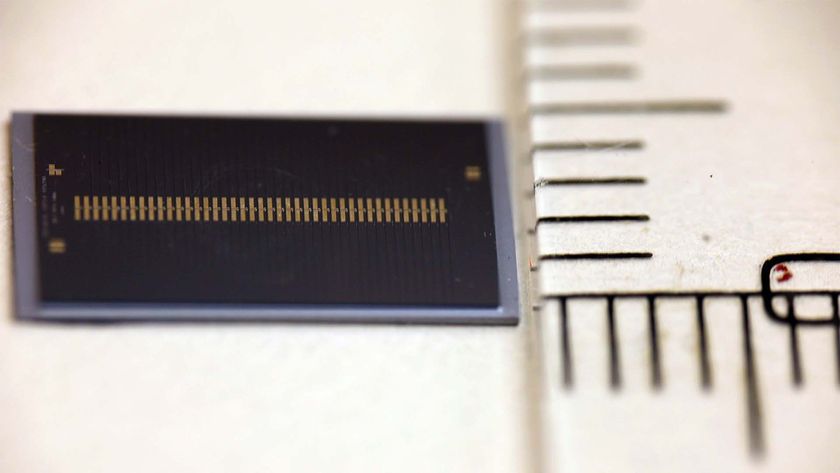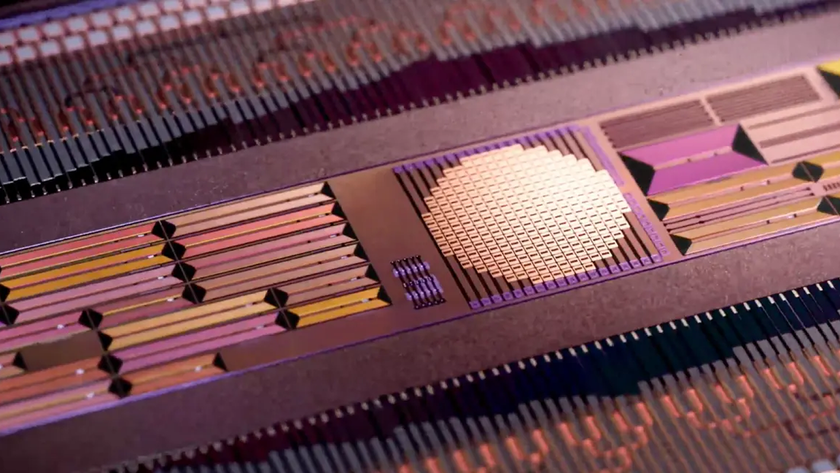Will 4G Mobile Service Be Superfast?
Video on demand on your cell phone. High-fidelity voice quality on a cell phone. Wireless Internet speeds for your laptop from the back of a taxi that's as good as what you get at the office. These are just three of the advantages offered by the latest acronym to hit the cell phone world: 4G.
4G stands for Fourth Generation. 1G was the original brick-like cellular phones of the 1970s. 2G marked the shift to digital technology (which included texting) in the early 1990s. 3G came a decade later, offering better speeds.
4G should be rolling out in the next year or so, but just what you can expect depends on who you talk to. Predictions range from moderately better than 3G to screaming fast.
3.9 v. 4.0
"You won’t find a unanimous agreement over what 4G means," cautioned Fred Campbell, president of the Wireless Communications Association International (WCAI) in Washington, DC. He points to a maximum throughput of 100 megabits upstream (to the network) and 50 megabits downstream (to the user).
In the real world you will only get a fraction of that throughput, but you should still be significantly better off than with 3G, he indicated. (Even 3 percent of 100 megabits would be enough to send a standard non-HD TV signal to your cell phone – assuming you can stand watching "Lost" that way.)
Begging to differ is Robert Syputa, telecom industry analyst with Marvavedis Inc. in Seattle, WA.
Sign up for the Live Science daily newsletter now
Get the world’s most fascinating discoveries delivered straight to your inbox.
The numbers cited by Campbell really constitute 3.9G, and the true 4G standard is still being written, Syputa said. When available, 4G will offer a mind-bending theoretical maximum throughput of 1 gigabit for stationary units, and 300 megabits for those on the move, he said.
But there's no sense getting excited, because the 3.9G gear should be easily upgradable to 4G when it appears, Syputa added.
Actual plans
The most visible 4G contender in the U.S. is Clearwire Corp. of Kirkland, WA, said Syputa. By the end of 2009 they had what they called 4G available in about 30 cities, and they hope to cover about 100 million people by the end of 2010. At last check, the Clearwire web site boasted of coverage in 61 metropolitan areas.
Sprint is a 51 percent owner of Clearwire, explained Syputa, and at last check was claiming 4G coverage in about 30 metro areas.
Next is Verizon, which had several trial networks running at the start of the year, according to Syputa. He expects the company to mount a massive network-wide unveiling rather than a gradual roll-out, probably late this year.
AT&T will probably have something to show in 2011, as will T-Mobile, he added.













